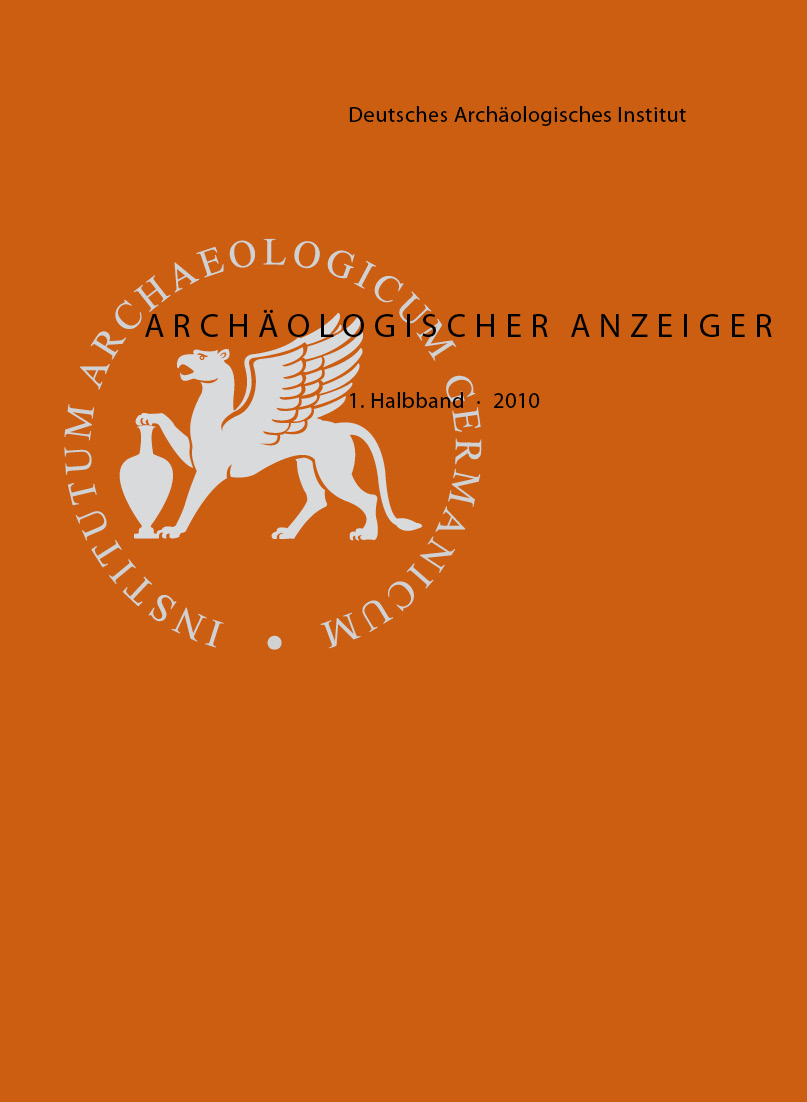Zur Chronologie griechischer Bronzedreifüße des geometrischen Typs und den Möglichkeiten einer politisch-historischen Interpretation der Fundverteilung
https://doi.org/10.34780/16sz-aycr
Abstract
Bronzedreifüsse waren wegen ihres hohen Wertes und ihres Gerätegeld-Charakters besonders geeignet, gesellschaftlichen Rang zu formulieren. Sie wurden nur in einigen ausgewählten (proto)geometrischen Heiligtümern und dort dafür oft in großer Zahl geweiht. Viele dieser Heiligtümer sind später entweder innerstädtische Hauptheiligtümer wichtiger Siedlungskerne bzw. Poleis oder extraurbane Zentralheiligtümer von Ethne (Stämmen), Regionen, Inseln oder Großpoleis oder aber extraurbane panhellenische Heiligtümer. Dies bestätigt, dass Dreifußweihungen den Treffpunkt einer Elite anzeigen. Der Entwicklungsprozess elitärer Öffentlichkeiten wird nun deutlich besser datierbar, da es zum einen im Übergang von später Bronzezeit zu früher Eisenzeit keine Pause in der Produktion von Dreifüssen gab, zum anderen die sog. massiven Dreifüsse mit facettierten recht- oder mehreckigen Beinen, die leichte Fronten zum Betrachter hin ausbilden, bereits seit dem Ende des 11.Jh. produziert wurden, und weiterhin die bekannten tönernen Gussmantelframente aus Lefkandi, die stratigraphisch an das Ende von euböisch Spätprotogeometrisch (um 900) datieren, von der Herstellung eines Π-förmigen Beines eines sog. reliefierten Dreifusses stammen. Olympia und Delphi beispielsweise müssen daher seit dem späten 11. oder dem frühen 10. Jh. regionale Zentren gewesen sein.
Schlagwörter:
griechische Eisenzeit, Bronzedreifüße, frühgriechische Staatenbildung, Heiligtümer, Chronologie





